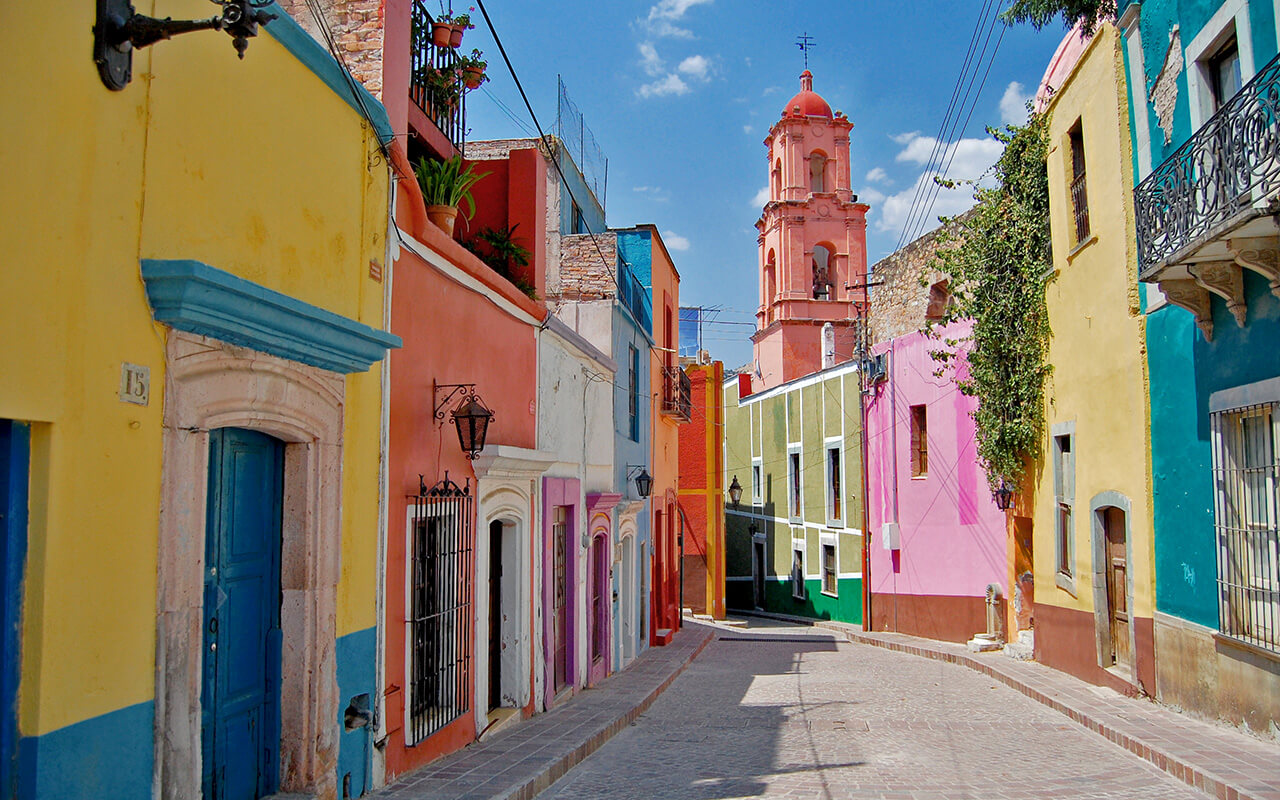
Mexico, a country known for its vibrant culture, rich history, and stunning landscapes, also faces complex challenges when it comes to safety. While some cities boast tranquil environments and low crime rates, others grapple with issues that can impact both residents and visitors. In this article, we delve into the contrasting realities of Mexico’s urban safety,exploring both the safest havens and the most dangerous areas to help travelers make informed decisions and experience the country’s beauty responsibly.
Mérida
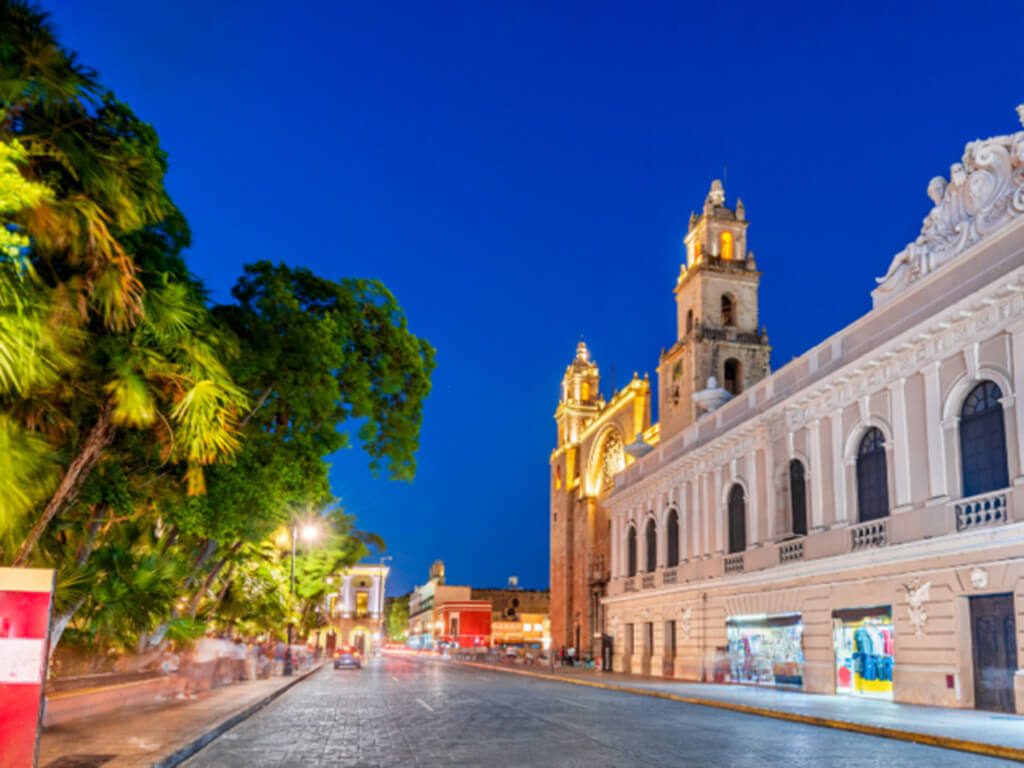
Mérida is not only the vibrant capital of Yucatán but also ranks as the second safest city in Latin America, as reported by CEO World magazine. With an exceptionally low crime rate of fewer than 2 violent crimes per 100,000 inhabitants annually in recent years, Mérida offers a secure environment.
Attractions like the Palacio del Gobierno and the Cathedral of San Ildefonso make it culturally rich. Despite its safety, visitors should watch for minor thefts in crowded areas. Mérida is also an ideal base for exploring nearby tourist destinations like Cancún and Playa del Carmen, enhancing its appeal to visitors looking for both culture and relaxation.
Playa del Carmen
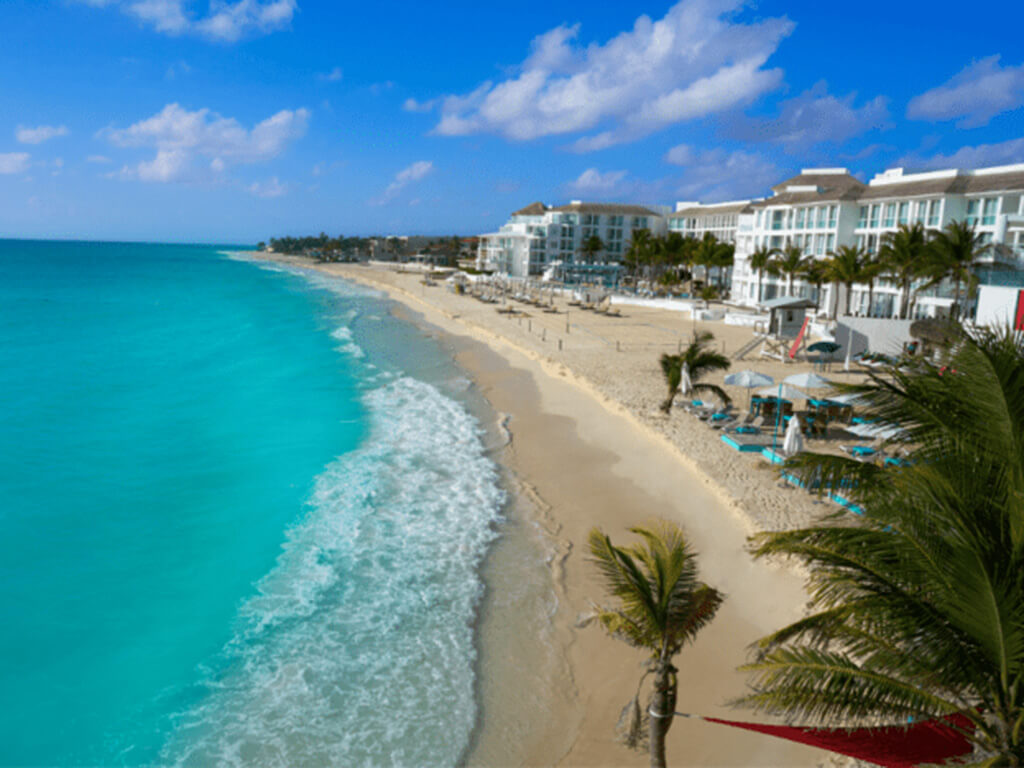
This beach town on Mexico’s Caribbean coast is marked by its expansive growth, attracting about 186,000 expatriates. It boasts a cost of living significantly lower than the U.S., with average monthly rents ranging from $700 to $2,500, depending on proximity to the beach and amenities offered.
While generally safe, recent spikes in minor incidents in areas close to Tulum suggest visitors maintain caution, especially at night. The town’s proximity to the iconic Chichén Itzá and vibrant nightlife continues to draw a global crowd.
Tulum
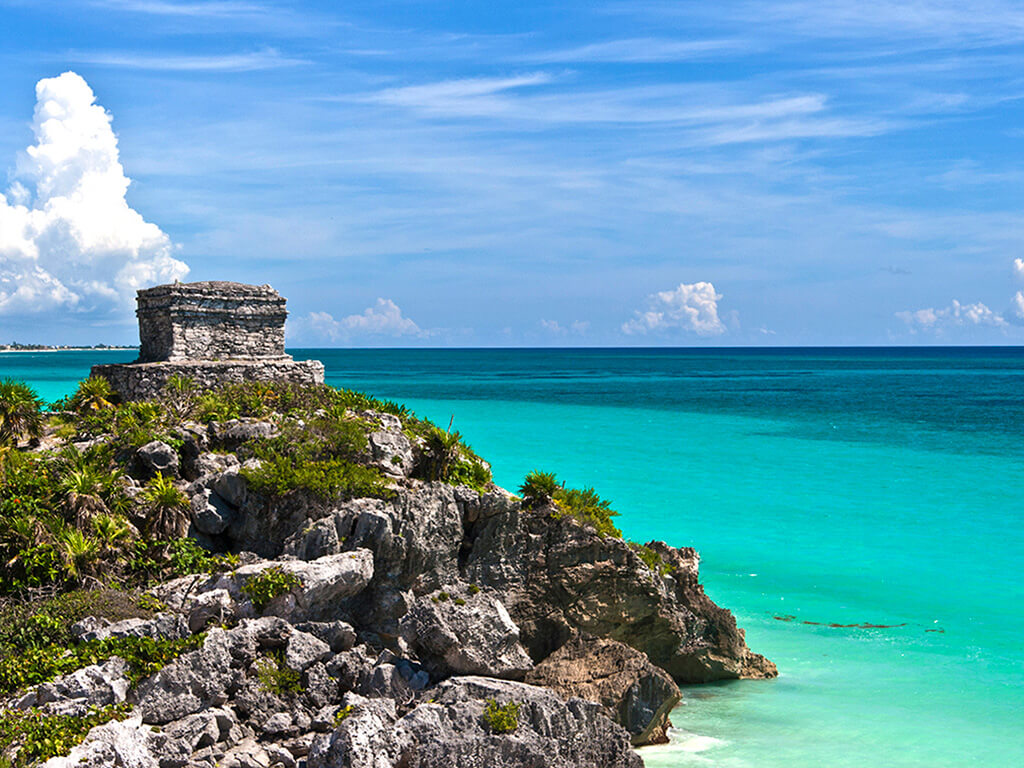
Known for its pristine beaches and majestic ruins, Tulum is considered safe, though vigilance is advised due to recent minor increases in gang-related activities, primarily confined to non-tourist areas.
The overall crime rate remains low, with a focus on petty theft. Tulum’s natural beauty and historical significance, coupled with its relaxed atmosphere, make it a favorite among tourists, despite potential risks which are generally well-managed through local security efforts.
Puerto Vallarta
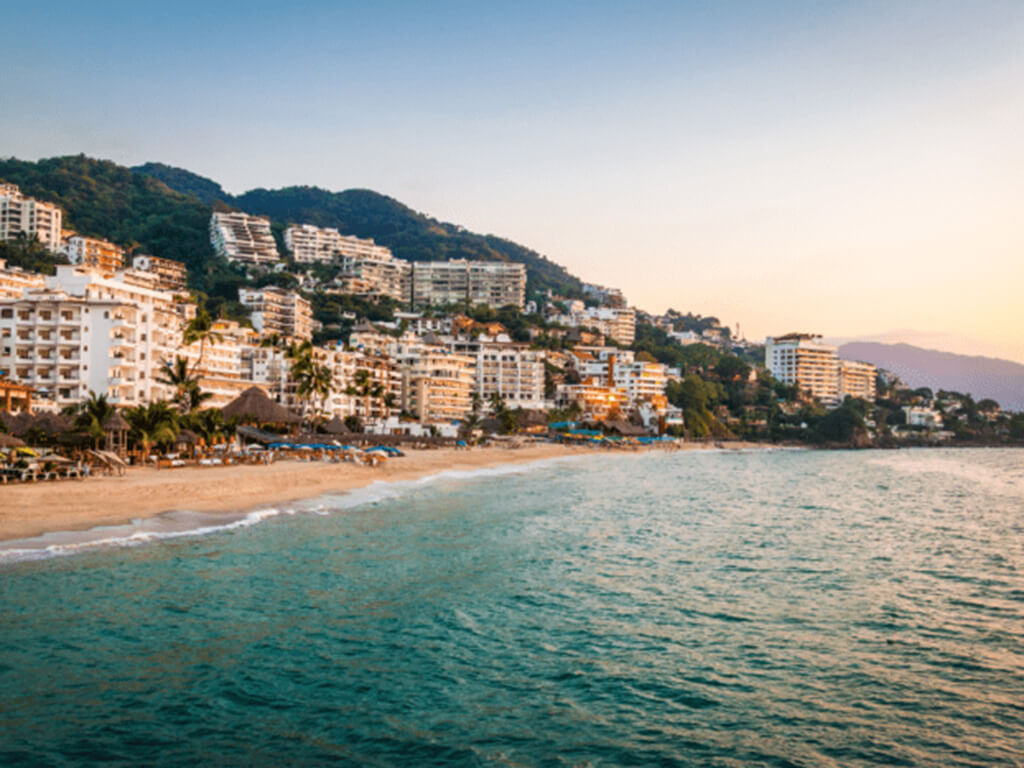
Set between the Sierra Madre mountains and the Pacific Ocean, Puerto Vallarta is celebrated for its stunning landscapes, thriving arts scene, and dynamic expat community. The city sees a low crime rate, with occasional petty thefts such as pickpocketing being the most common concern.
Living expenses here are variable, with average monthly rental costs ranging from $650 for modest accommodations to over $3,500 for luxury seaside living. The city’s robust tourist infrastructure and active cultural life make it a safe and appealing destination for retirees and other expatriates.
San Miguel de Allende
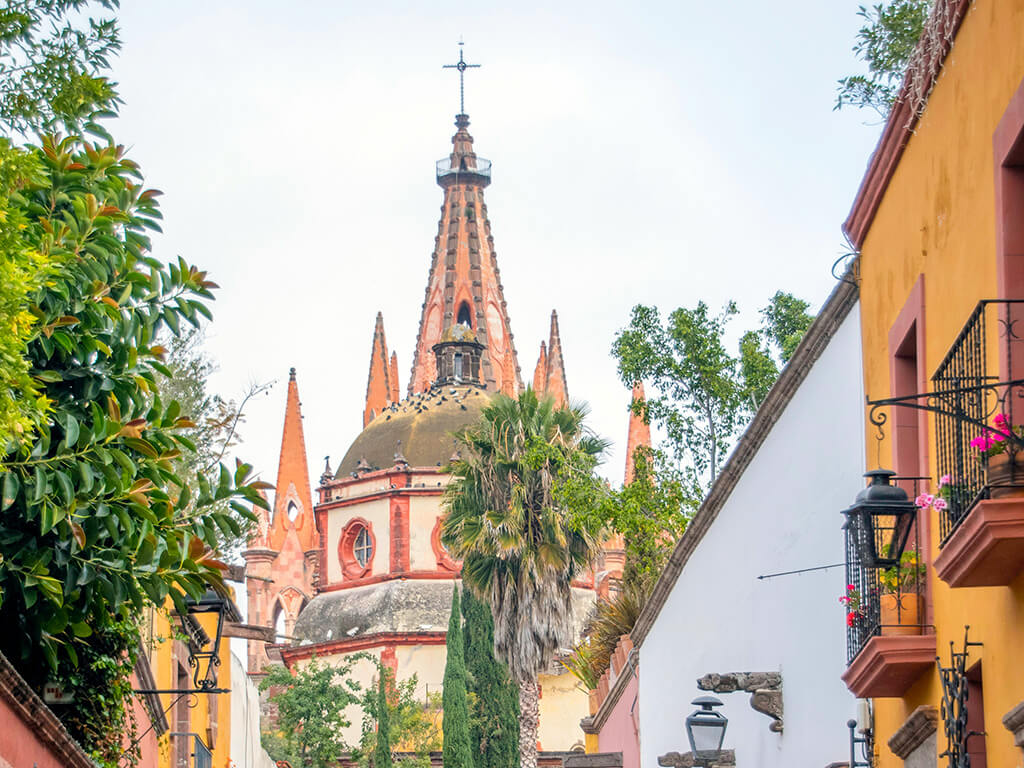
As a UNESCO World Heritage Site, San Miguel de Allende offers a blend of historical splendor and modern living. It has a very low crime rate, with violent crimes being extremely rare, making it one of the safest cities in Mexico for expatriates.
The city’s cost of living is about 40% lower than in the U.S., with average monthly expenses for a couple running around $1,200 excluding rent. Its vibrant cultural scene and historic architecture continuously attract arts and culture enthusiasts from around the world.
Los Cabos
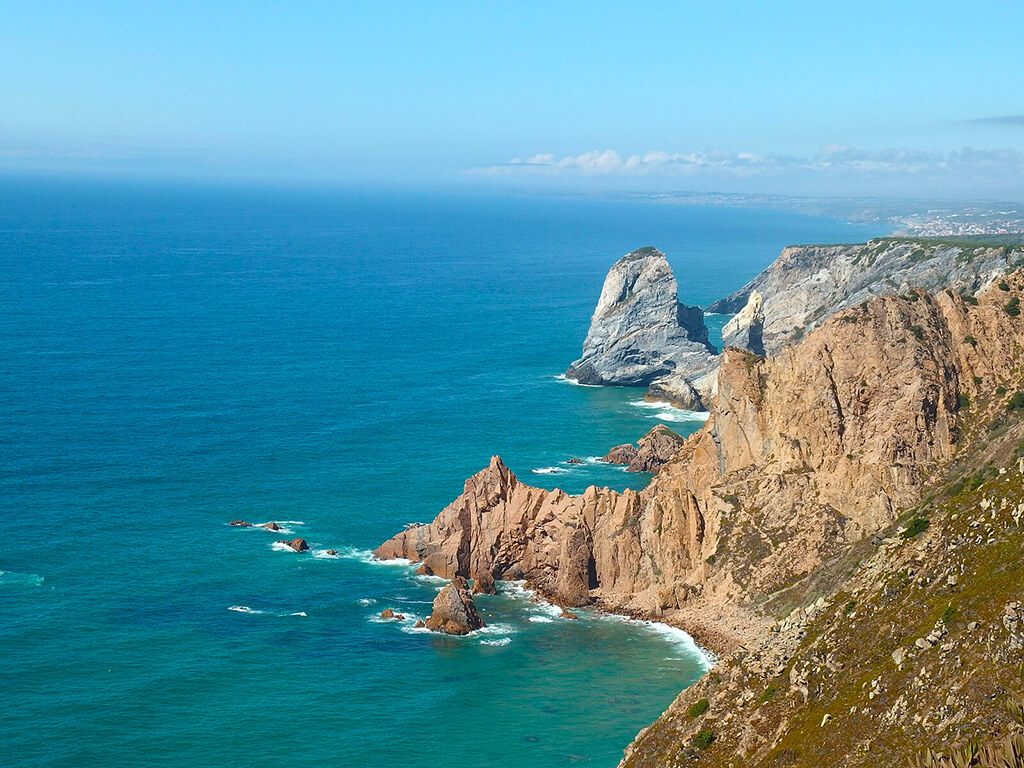
Located at the tip of the Baja California peninsula, Los Cabos is renowned for its luxury resorts and stunning natural beauty. The crime rate here is one of the lowest in Mexico, particularly concerning violent crimes, which are exceedingly rare in tourist areas.
The region is known for its active lifestyle options, including golf, fishing, and water sports, making it particularly popular among affluent tourists and expatriates seeking a secure and high-quality living environment.
Cozumel
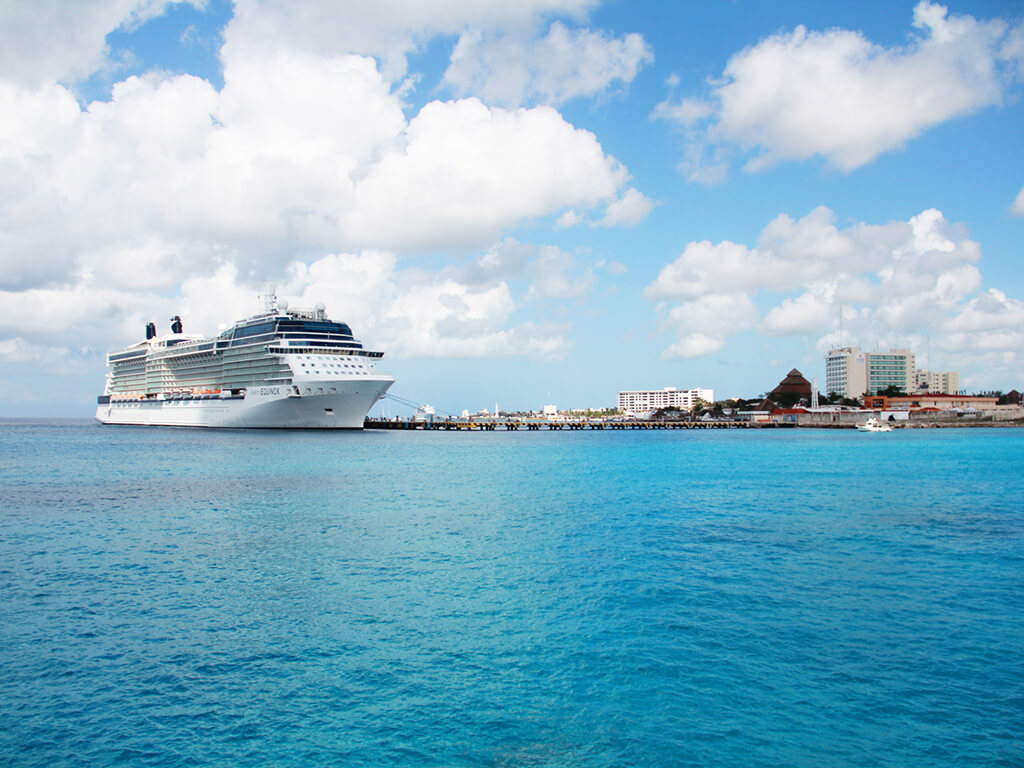
Cozumel is an island paradise known for its spectacular coral reefs and low crime rate, with fewer than 1 incident per 10,000 residents annually. It’s a leading destination for scuba diving and snorkeling, offering a tranquil escape with well-preserved marine life and excellent visibility.
The cost of living is relatively low, with expatriates typically spending around $500 to $1,500 per month on living expenses, depending on lifestyle choices.
Puebla
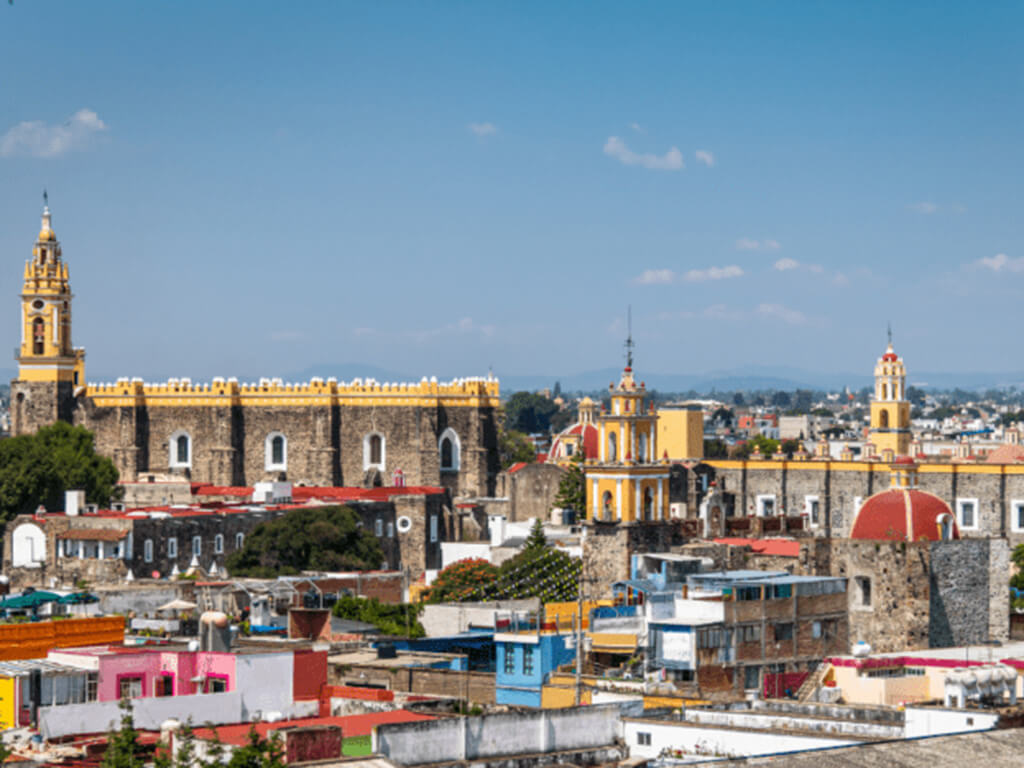
Just two hours from Mexico City, Puebla is a safer, cleaner, and more affordable alternative to the capital. With a low crime rate, particularly in tourist-frequented areas, Puebla offers a blend of colonial charm and modern amenities.
The city is known for its culinary scene, particularly its mole poblano, and rich history, which includes numerous churches and museums. Connectivity through its airport and bus services makes it a convenient hub for travelers.
La Paz
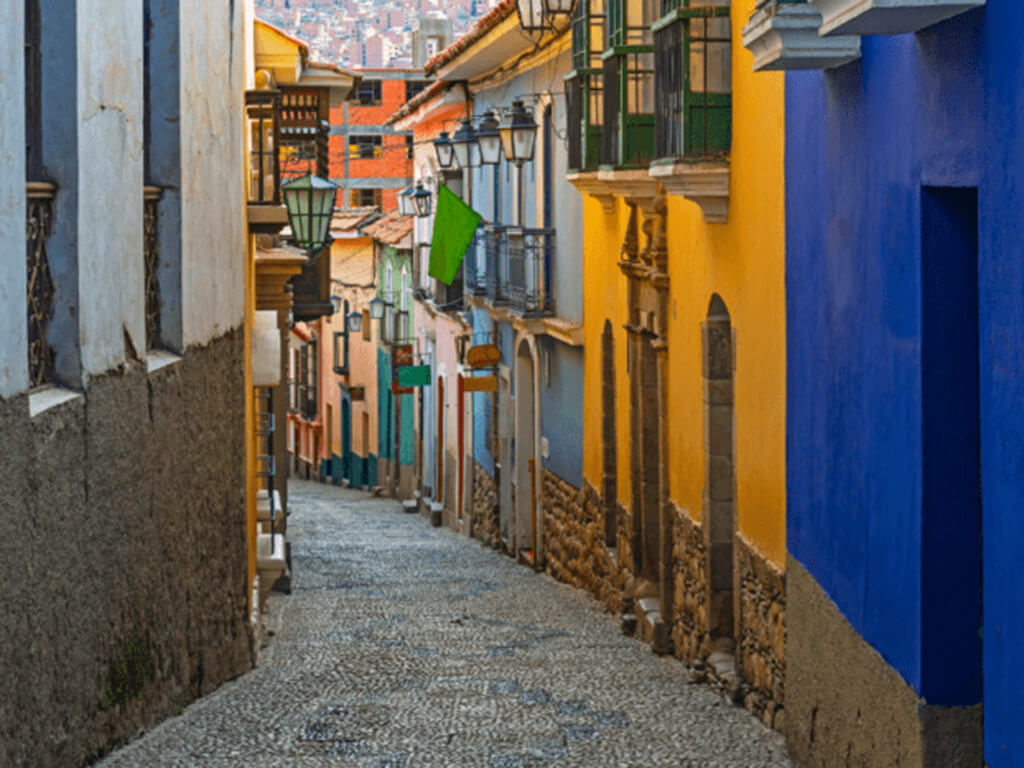
The capital of Baja California Sur, La Paz, is celebrated for its exceptional safety, serene beaches, and vibrant sea life. With one of the lowest crime rates in Mexico, it offers a peaceful retreat for nature lovers.
The average cost of living for expatriates is quite affordable, with expenses without rent averaging around $500 per month. La Paz’s allure includes activities like whale watching, snorkeling with sea lions, and exploring the Sea of Cortez.
Huatulco
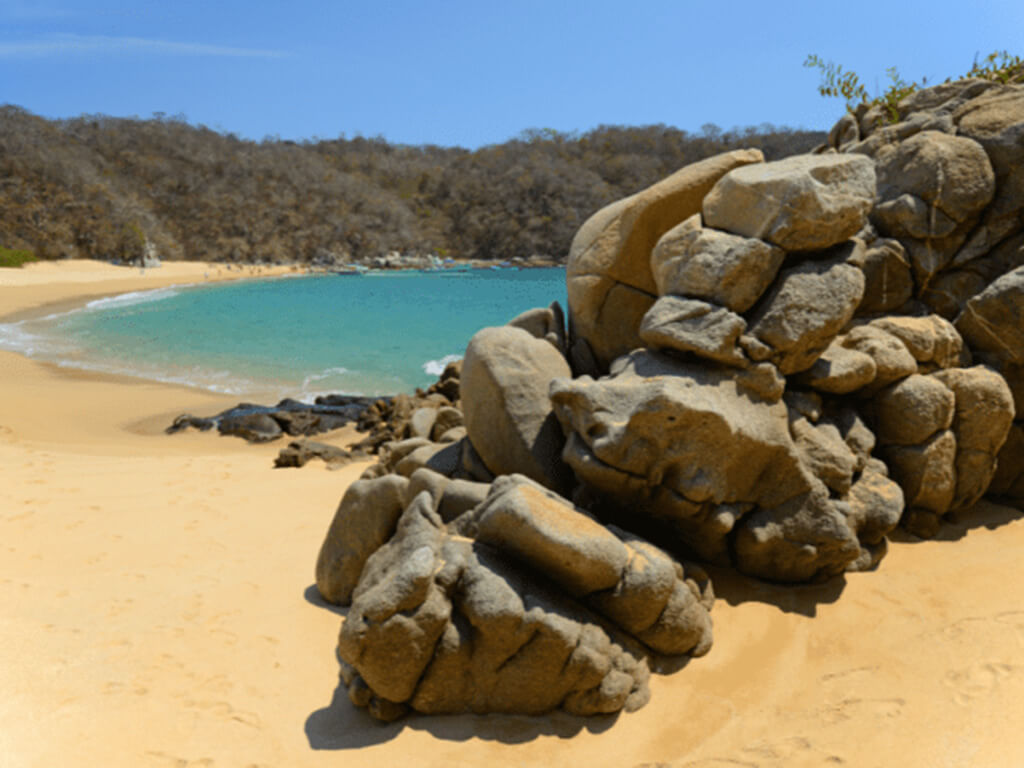
Formerly a quaint fishing village, Huatulco has evolved into a safe and serene destination known for its nine beautiful bays and 36 beaches. The crime rate here is very low, with the area being managed to maintain its appeal as a tranquil getaway.
Living costs are reasonable, with many properties offering views of the Pacific Ocean. The community is welcoming, making it ideal for those seeking both adventure and relaxation in a secure environment.
The Most Dangerous Cities in Mexico
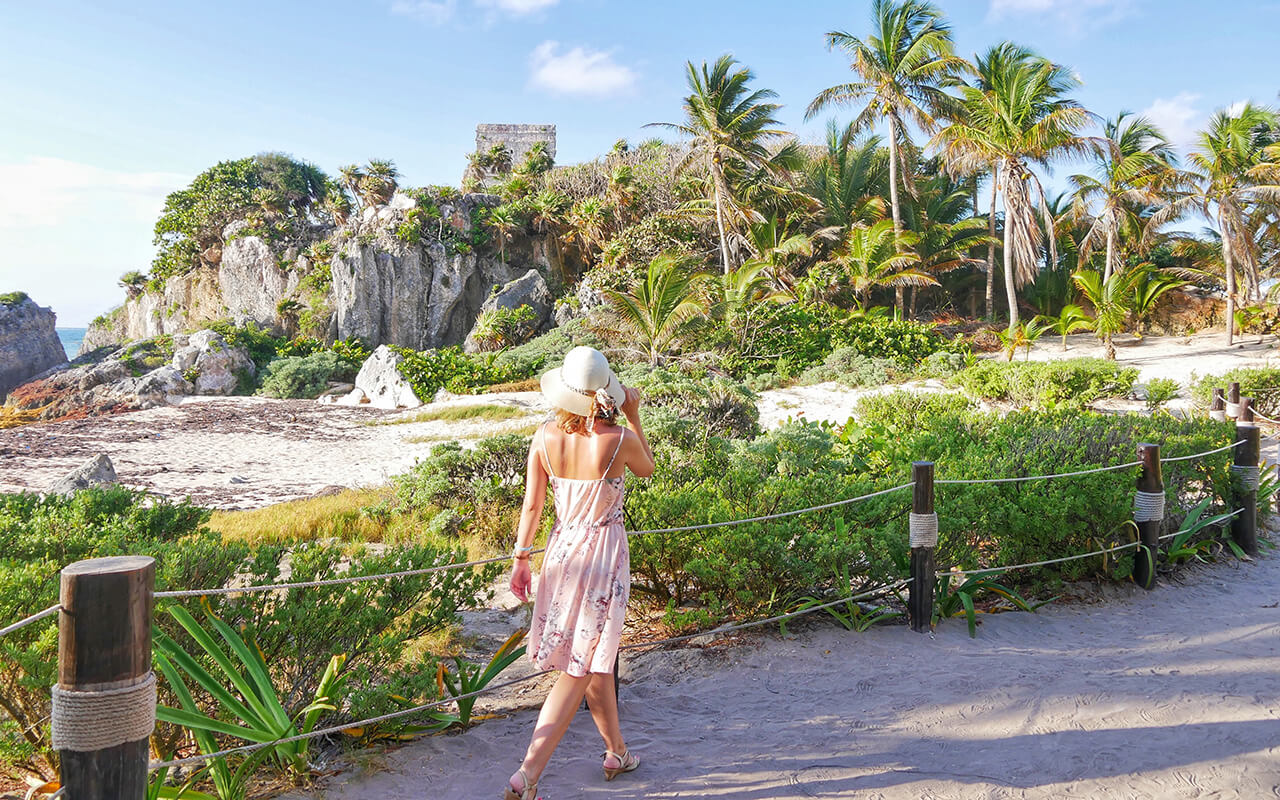
Mexico, a land of vibrant culture, rich history, and breathtaking landscapes, is a popular destination for travelers seeking adventure and unique experiences. However, concerns about safety often arise when planning a trip to Mexico. While it’s important to be aware of potential risks, it’s equally crucial to recognize that Mexico is a vast country with diverse regions, each offering its own level of security.
Tijuana
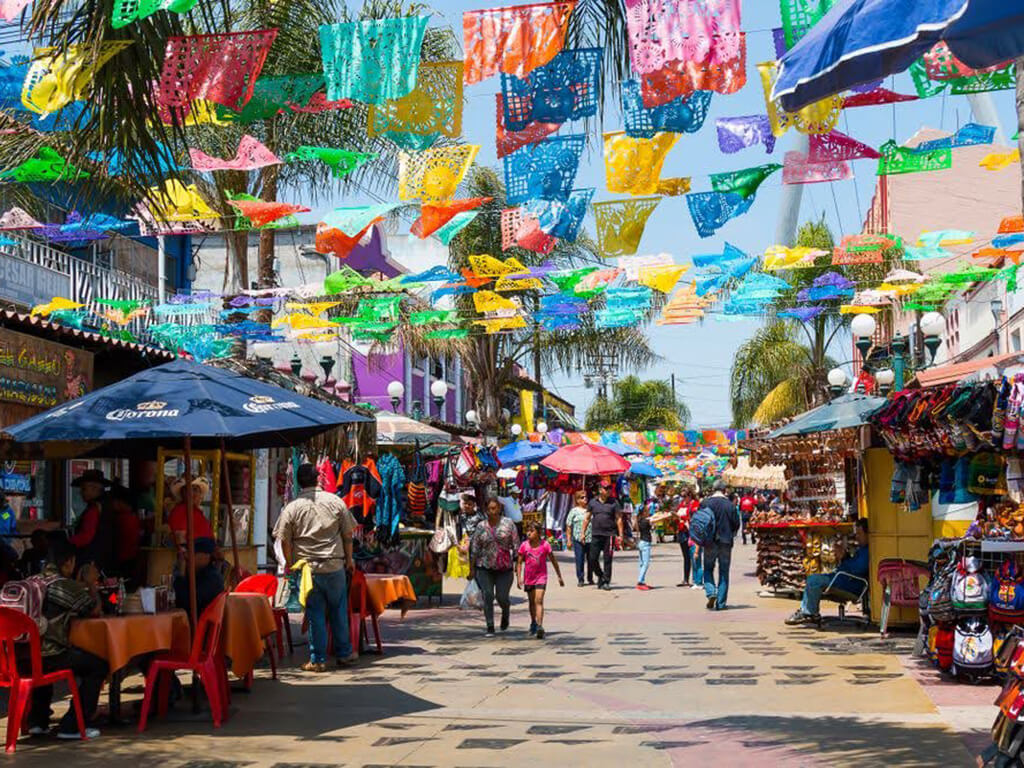
Key Areas of Concern: Zona Norte, Centro, Rio Sanchez Taboada.
Situated at the busiest land border crossing in the world, Tijuana is a nexus of commerce and culture. Notorious neighborhoods like Zona Norte are plagued by violence and petty crime, making them unsafe for both residents and tourists. The city’s nightlife, while vibrant, can also pose risks due to the presence of organized crime.
Tourist Targeted Risks: Pickpocketing, scams, and targeted robbery near tourist spots.
Acapulco
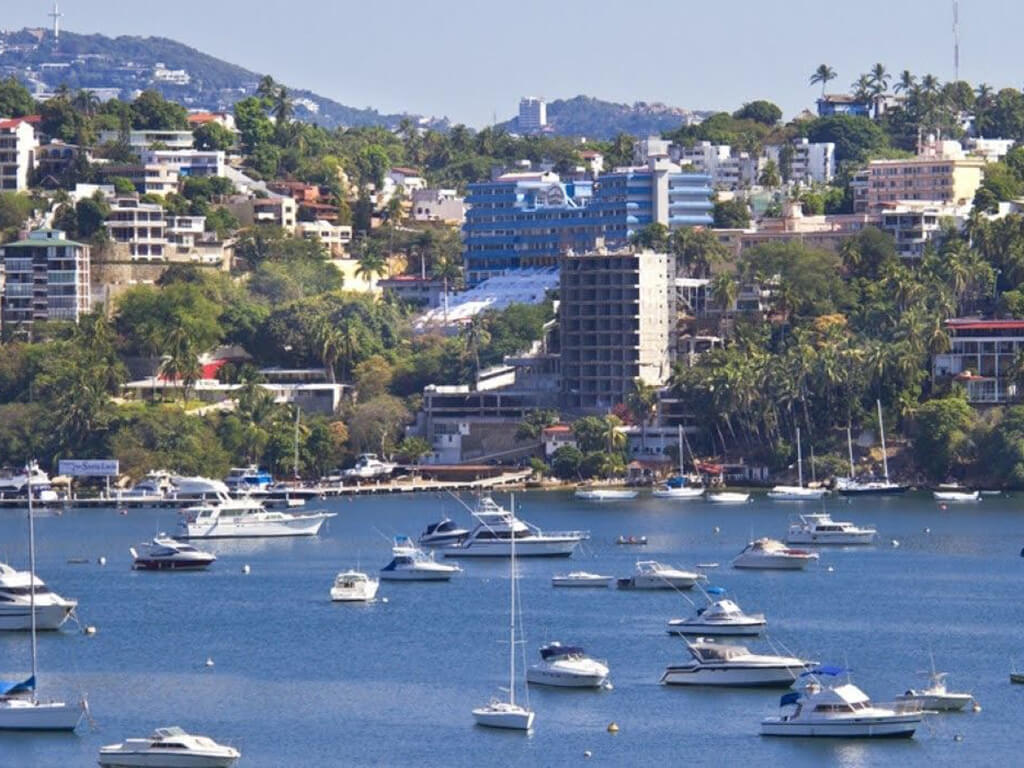
Key Areas of Concern: Ciudad Renacimiento, El Coloso, Emiliano Zapata.
Acapulco’s dual nature presents a picturesque facade with its resorts while concealing the stark realities of its poorer neighborhoods. The disparity between tourist areas and local living conditions contributes to its high crime rates, with certain areas like Ciudad Renacimiento seeing frequent violent incidents, making it a dangerous place outside the tourist bubble.
Tourist Targeted Risks: Resort scams, spiked drinks, and beach theft.
Ciudad Juárez
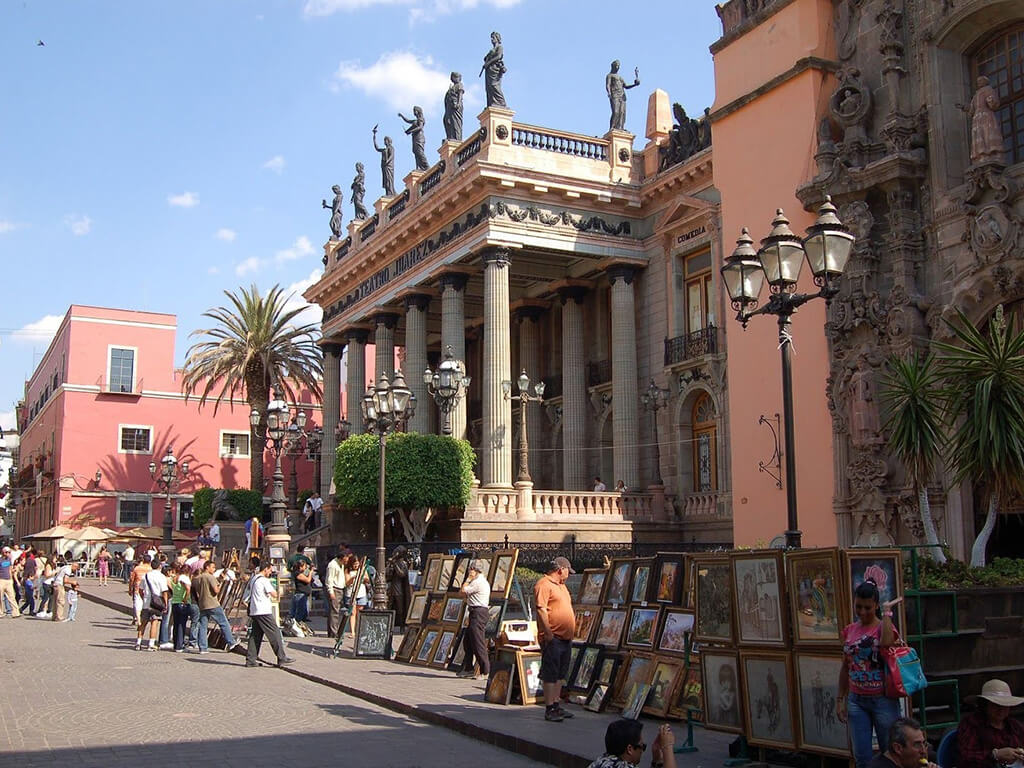
Key Areas of Concern: Delicias, Aldama, Babicora Sur.
Ciudad Juárez has been at the epicenter of the Mexican drug war. The city’s strategic location for drug trafficking has resulted in a persistent cycle of violence and crime. The mentioned neighborhoods are particularly known for high rates of homicides and gang violence, often caught in the crossfire of cartel disputes.
Tourist Targeted Risks: Violent theft, kidnapping, and hotel break-ins.
Ciudad Victoria
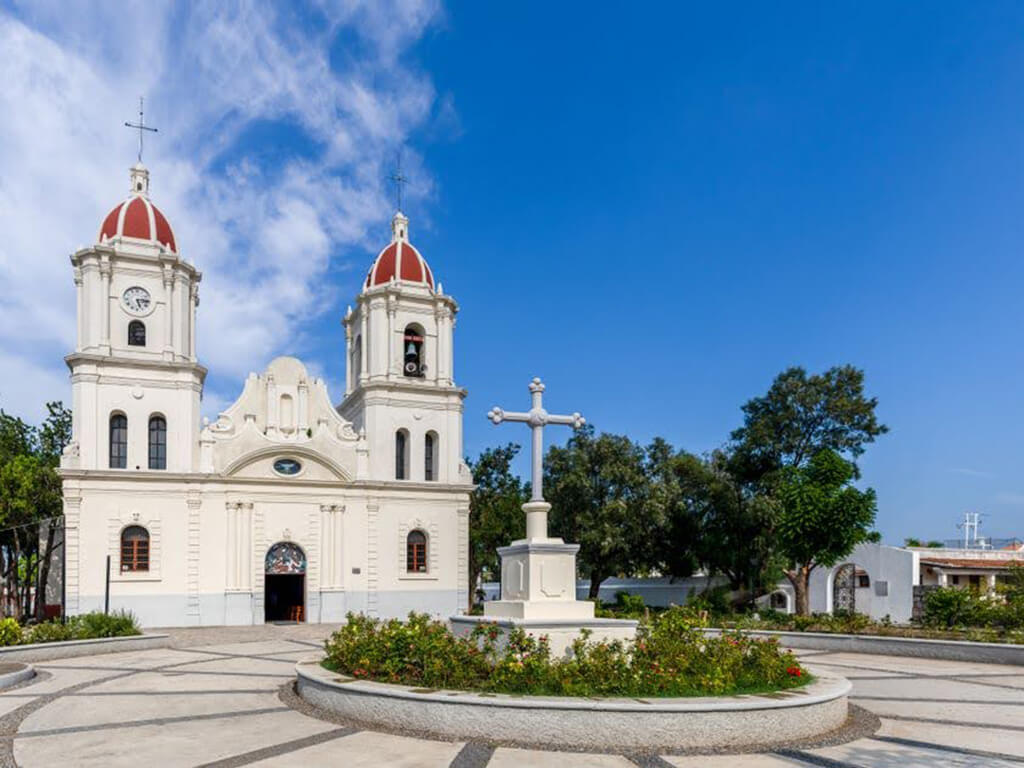
Key Areas of Concern: Northern Ciudad Victoria.
As the capital city of Tamaulipas, Ciudad Victoria is another hotspot for drug cartel activity. The entire northern sector of the city is especially dangerous due to its role as a transit point for drug smuggling, leading to frequent clashes between rival cartels and the military.
Tourist Targeted Risks: Drug-related violence, kidnapping, and frequent clashes in public areas.
Irapuato
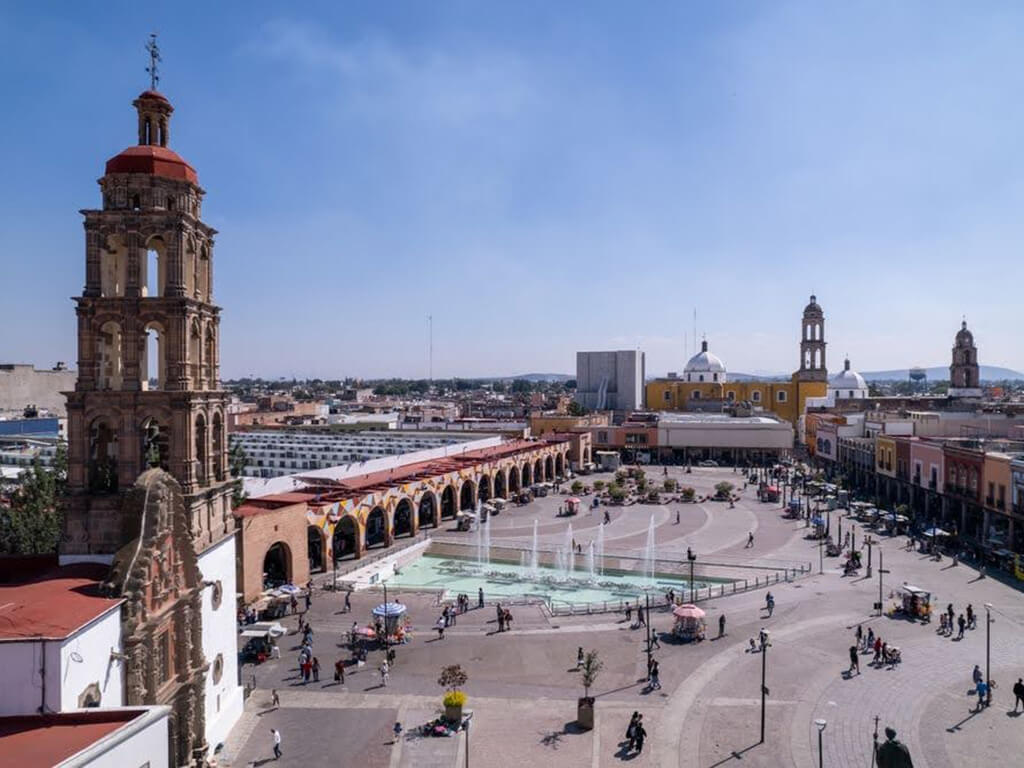
Key Areas of Concern: Central Irapuato.
Irapuato’s recent surge in violent crime is largely attributed to the turf wars between rival drug cartels. Central Irapuato has become notorious for incidents of public shootings and kidnappings, making it a risky area for unwary visitors.
Tourist Targeted Risks: Petty theft, violent crime related to turf wars between cartels, and risks of kidnappings at tourist spots.
Cancun
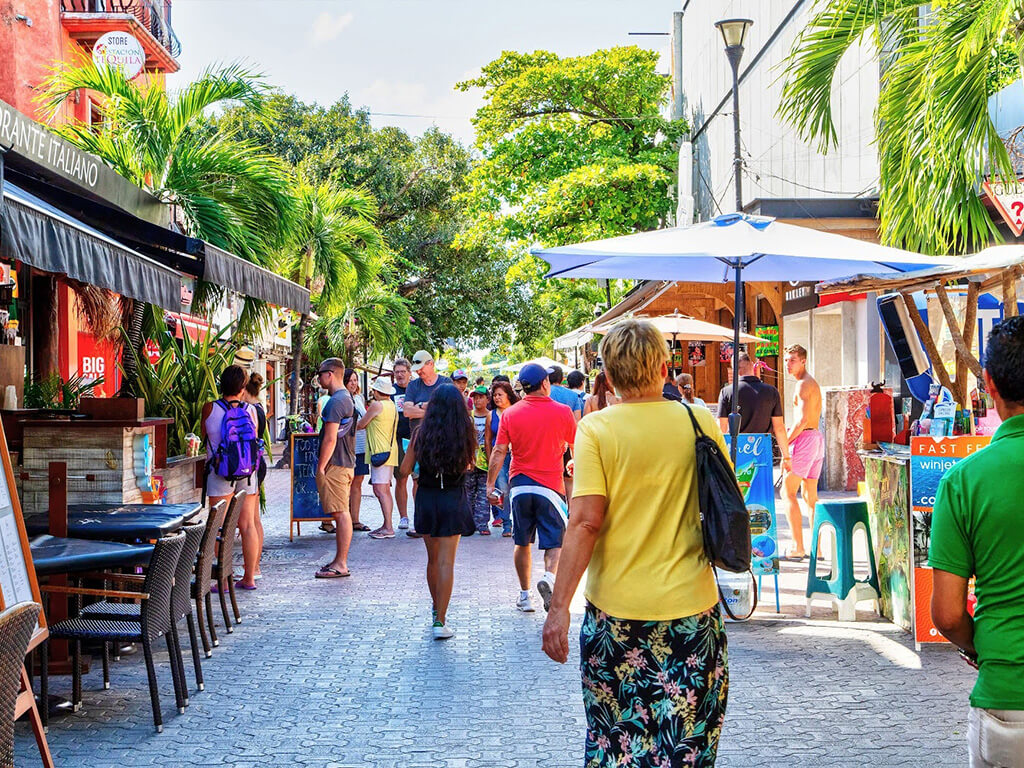
Key Areas of Concern: Bonfil, Tres Reyes, Santa Cecilia.
Beyond the controlled environments of all-inclusive resorts, Cancun’s less frequented neighborhoods experience a different reality. Areas like Bonfil and Tres Reyes see a high rate of violent crimes, particularly at night, and are considered unsafe for tourists and locals alike.
Tourist Targeted Risks: Overcharging in bars and restaurants, beach theft, taxi scams, and occasional violent muggings, especially late at night outside of the hotel zones.
Culiacán
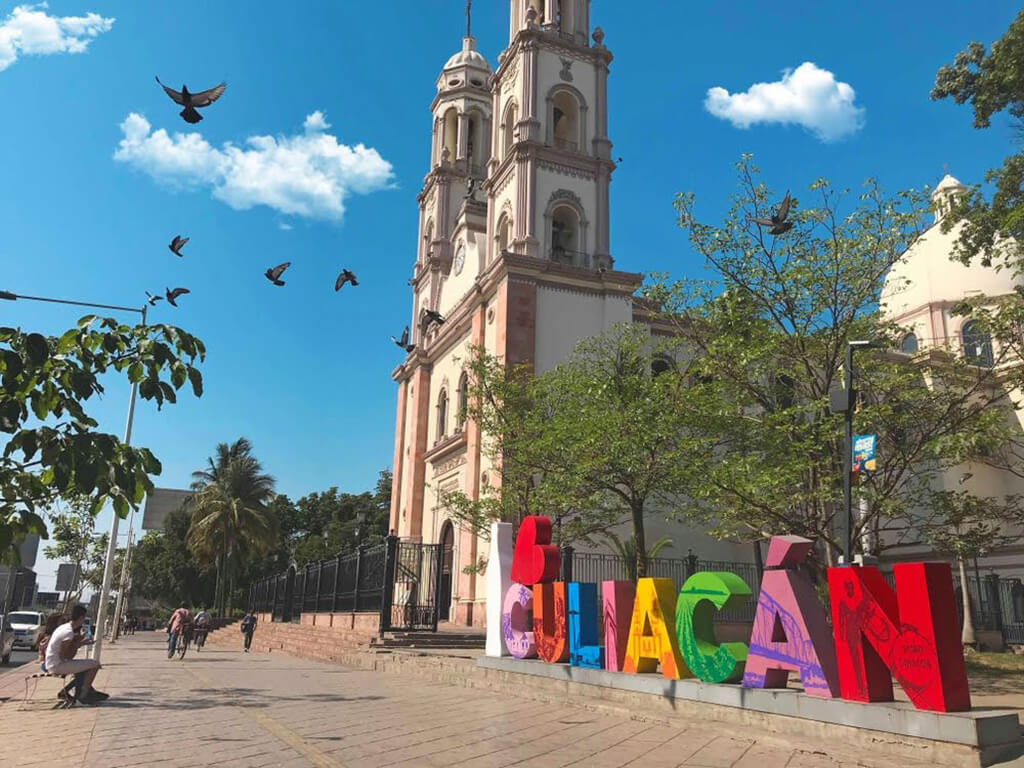
Key Areas of Concern: La Retama, El Cóporo, El Seminario.
Culiacán, the stronghold of the Sinaloa Cartel, is fraught with crime related to drug trafficking. The neighborhoods of La Retama and El Cóporo are particularly dangerous, with frequent violent confrontations and high-profile criminal activity.
Tourist Targeted Risks: Armed robbery, aggressive panhandling, and the presence of cartel activity even in areas frequented by tourists.
Uruapan
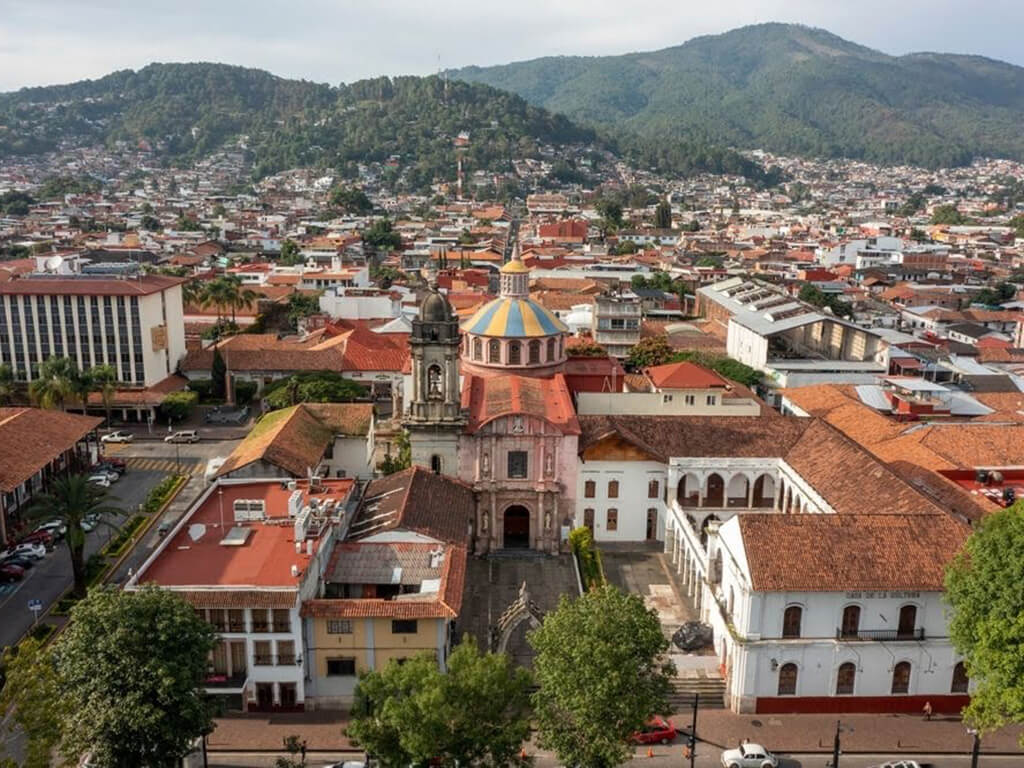
Key Areas of Concern: Central and South Uruapan.
Uruapan has witnessed a drastic increase in violent crimes, primarily due to its strategic importance in avocados and drug trade routes. The central and southern parts of the city are often scenes of cartel-related violence, making them highly unsafe.
Tourist Targeted Risks: Street-level crime including muggings and theft, especially near tourist landmarks and in less policed areas of the city.
Ciudad Obregón
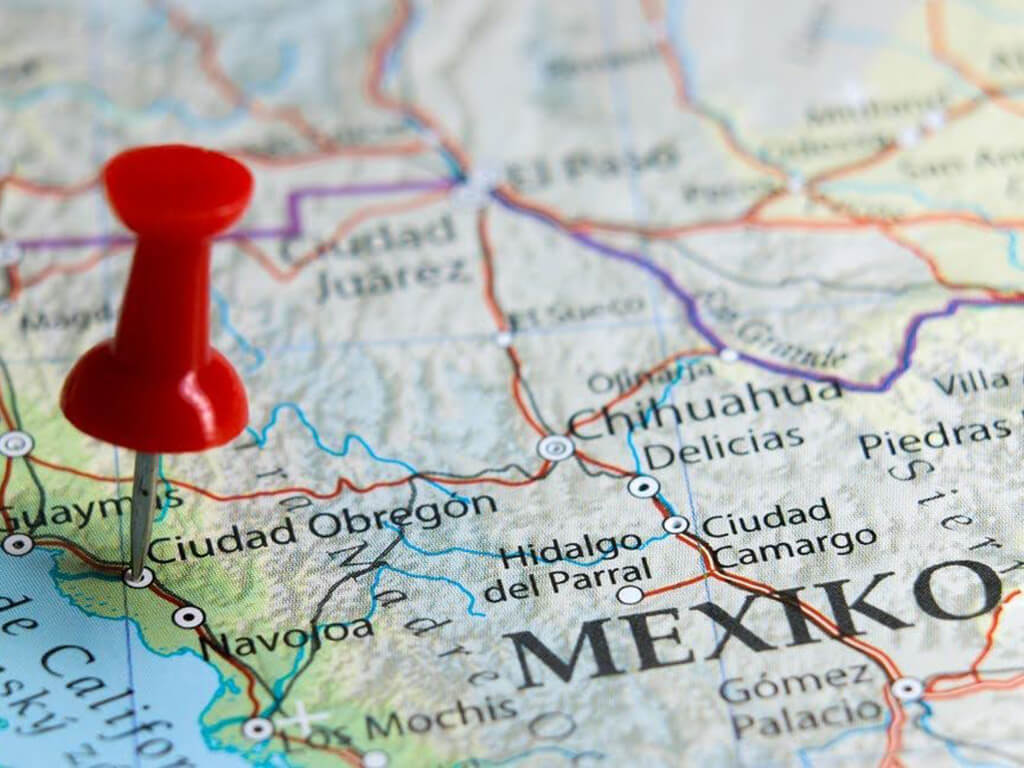
Key Areas of Concern: North (toward the border).
This city in the state of Sonora has become increasingly violent due to its role in the drug trade route. The northern areas, closer to the U.S. border, are particularly affected, with a high incidence of kidnappings and shootings.
Tourist Targeted Risks: High incidence of gang-related violence, risk of being caught in crossfire, and prevalent vehicle theft.
Coatzacoalcos
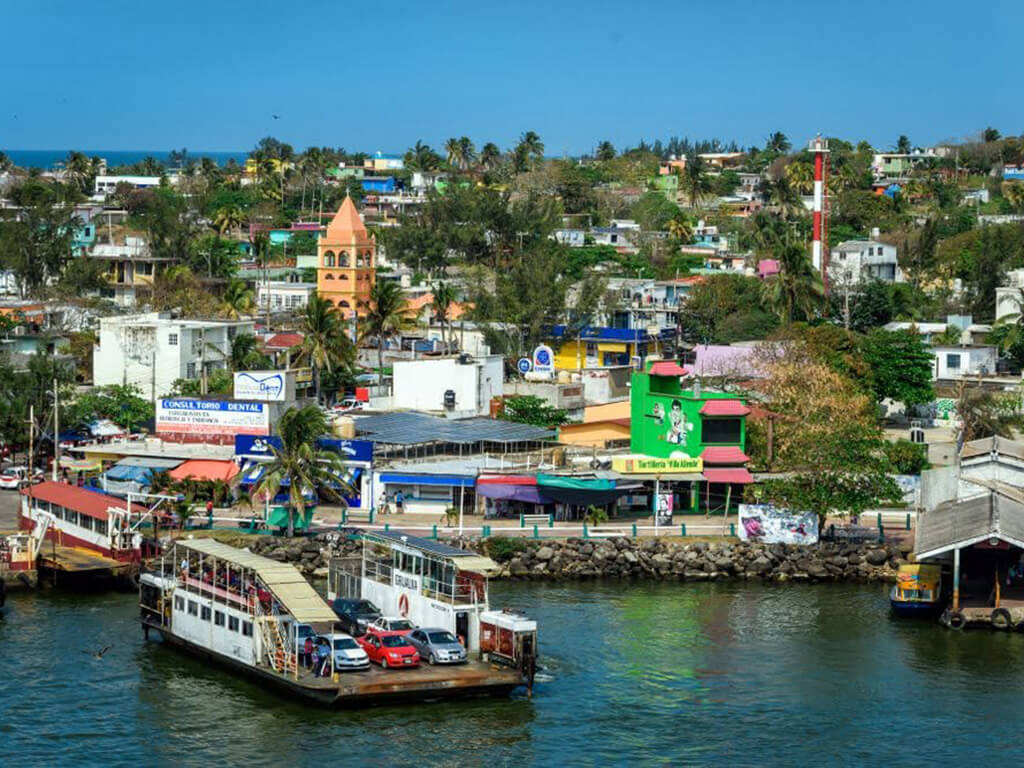
Key Areas of Concern: La Bahía de San Martín, U. Habitacional ISSFAM, Cxala.
Situated on the Gulf of Mexico, Coatzacoalcos has been under the influence of drug cartels for decades. The city’s port status makes it a key point for drug trafficking, leading to significant crime rates in its neighborhoods, especially after dark.
Tourist Targeted Risks: Petty theft, credit card fraud, and violent crime such as armed robbery, particularly in less tourist-friendly neighborhoods.
Final Thoughts
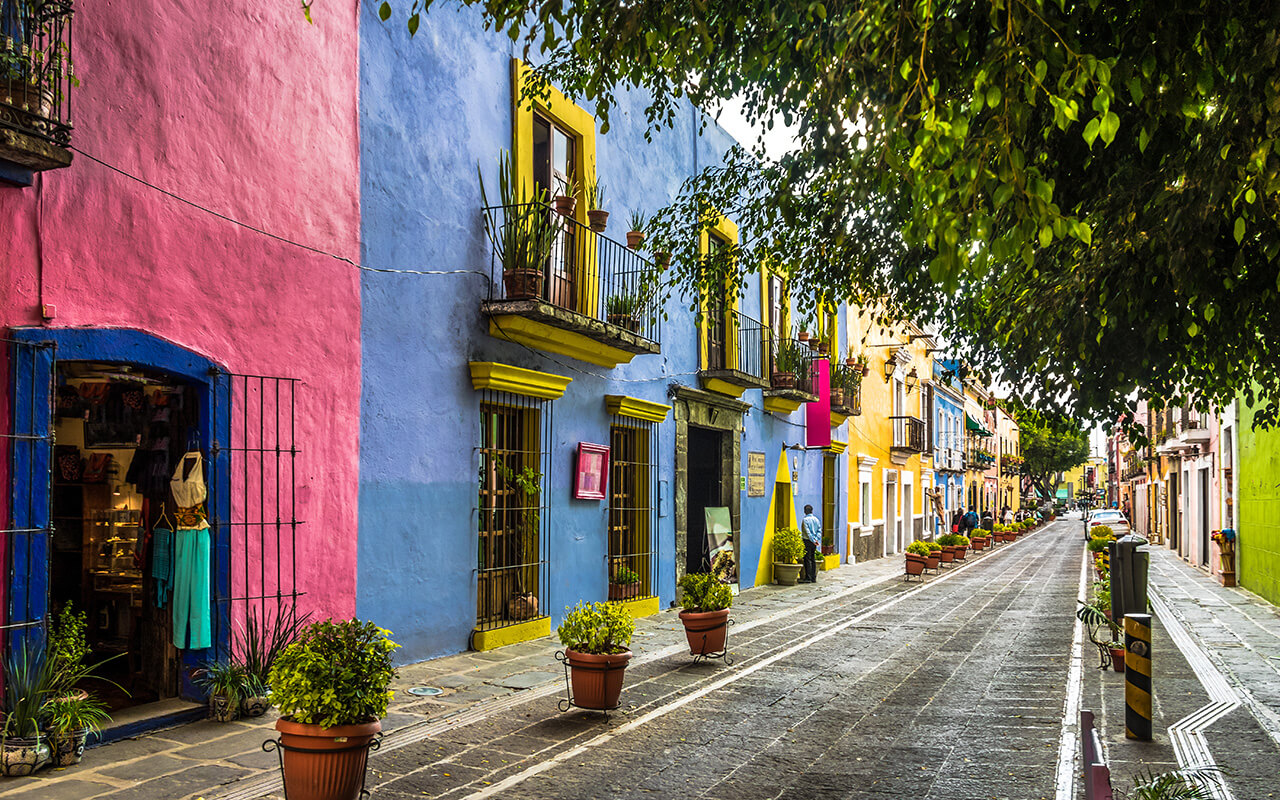
In exploring the vibrant and diverse landscapes of Mexico, it’s crucial to consider both the safest retreats and the areas that pose more significant risks. While cities like Mérida and Puerto Vallarta offer tranquil havens with rich cultures and low crime rates, travelers should remain aware of the most dangerous cities in Mexico for tourists. These include well-known spots like Tijuana and Acapulco, which are notorious for their higher crime rates.
Whether you’re planning an adventure to the tranquil beaches of Cozumel or navigating the bustling streets of Mexico City, proper preparation is key. Check out our destination guides for more travel tips, travel hacks, and travel hacking strategies to ensure your trip is as safe as it is memorable.
